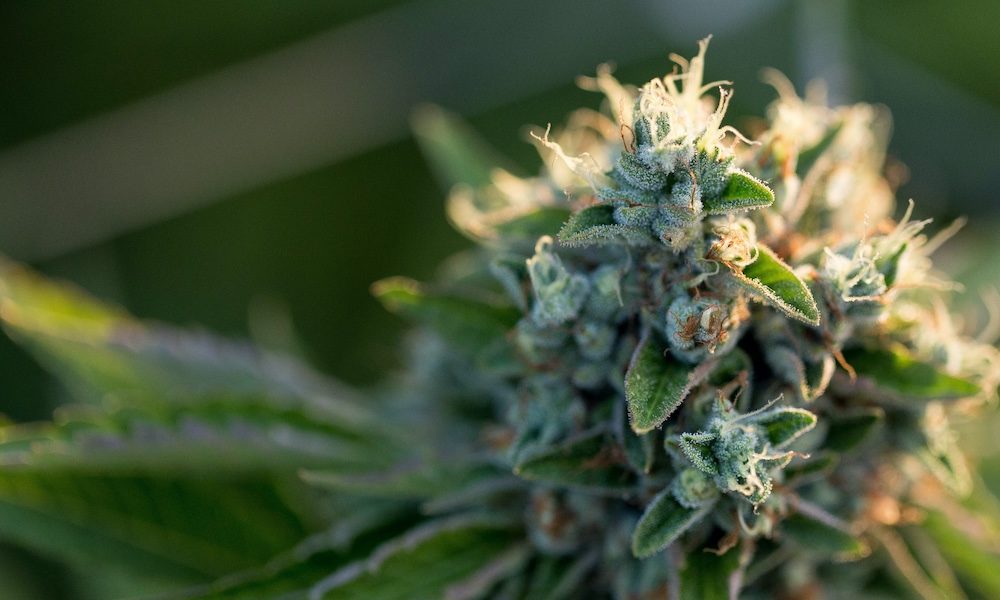Rewritten:
The act of growing cannabis for medicinal purposes is a sacred one. Those who dedicate their time, effort, and take on the risk of producing high-quality cannabis for the sick should be celebrated and respected. It is important to treat these vendors with the utmost respect and provide them with a separate waiting area. Ideally, there should also be multiple trained buyers available to assist them in purchasing clean cannabis.
The first step in inspecting cannabis is to visually examine it. The color of the flowers can indicate the quality of the product. Bright green flowers may not be fully cured, while darker greens with hints of orange, red, yellow, blue, or purple are signs of a well-cured product. After the initial visual inspection, it is important to smell the flowers. Gently squeezing the bag and allowing the aroma to waft over you can reveal a variety of scents, from lemon pine sol to earthy musk. Just like wine, cannabis can have a wide range of olfactory notes, such as fresh berries, grass, and leather.
Next, gently break open a few buds to check for any signs of mold. Early stages of mold may appear as brown streaks on the stem, while more advanced stages can show up as white, grey, or brown webbing. The most common form is botrytis, or gray mold, but it can also appear in other colors. It is also important to examine the surface leaf area for signs of powdery mildew, which can look like white downy spots or chunks on the leaf. Using a 3x light and a 30x microscope can aid in detecting mold and other contaminants.
In addition to mold, it is important to check for any pests that may be present on the cannabis flowers. Spider mites are a common pest, and they can be identified as small black or brown spots under a microscope. Other pests to watch out for include thrips, gnats, and caterpillars. A thorough examination with at least a 30x microscope is necessary to detect these pests.
Once the flowers or concentrates pass the initial inspection, they are then sent for lab testing. This includes testing for THC, CBD, and CBN levels using the GCMS method, as well as checking for pathogenic molds like aspergillus and aurobasidium. The presence of these molds can have serious consequences, especially for those with compromised immune systems. Testing also allows for feedback to be given to vendors on the cleanliness and potency of their product.
Another common mistake seen in cannabis is heat stress. This can be identified by orange-colored flowers with most or all of the trichomes (where THC is concentrated) burned off. It is important to avoid purchasing heat-stressed cannabis, as it will not have the desired effects.
In conclusion, those who grow cannabis for medicinal purposes are performing a sacred act and should be respected and celebrated. It is important to thoroughly inspect and test the product to ensure its cleanliness and potency. By following these steps, we can ensure that those who are sick receive the best quality medicine possible.

